Answer by labsupport on question Dissection materials
Updated 7th January 2023
All dissection materials must be obtained from an approved source such as a supermarket, butcher, abattoir, approved animal house or scientific supplier, to ensure that users are not exposed to diseased products. All of these sources have appropriate health checks in place for the animals supplied.
The use of animals in teaching or research is supervised by an animal ethics committee, which refers to the Animal Research Act 1985 (NSW).1 The Schools Animal Care and Ethics Committee (SACEC) has been specifically set up to supervise the use of animals in government and non-government schools and has a website that considers issues arising from using animals in schools.2
The document is more concerned with the use of live animals in the school environment however on the ‘dissection of animals’ page it states:
“Where dissection is considered as a necessary activity, schools should consider using the following:
-
dead whole animals e.g., fish, crustaceans and molluscs that can be purchased readily from food outlets.
-
animal parts, e.g., sheep’s kidneys, hearts, lungs, livers, that can be purchased from the supermarket, butcher or abattoir.
-
whole dead chickens, purchased from the supermarket or butcher, which can be used for examining skeletal and muscle systems.
-
prepared specimens, which can be purchased from biological supply companies.
-
plant or other non-animal material, on which students may practise to develop dexterity and proficiency in using instruments.”
The NSW Food Authority 3 was also contacted and here is some information from one of their officers regarding obtaining eyes, plucks etc. from carcasses for school science dissections:
1) There is nothing in the legislation to indicate that a butcher cannot sell any part of a healthy animal. Any part of a healthy carcass is classed as meat. There are sections of the community that eat the offal bits.
2) Abattoirs should be licensed with a food authority.
3) Eyes are not sold as food, however they can be obtained for educational purposes. It may be possible to contact a licensed abattoir and submit a letter on letterhead from the school indicating that the parts in question will be used for educational purposes and not for consumption, and that good handling procedures will be applied. Food handling requirements apply.
Small animals and animal parts can also be purchased through companies such as
-
Dissection Connection see https://dissectionconnection.com.au/
-
Southern Biological see https://www.southernbiological.com/
References
1 NSW Government website, (2022, November 25), ‘Animal Research Act 1985 No 123’, retrieved from https://legislation.nsw.gov.au/view/html/inforce/current/act-1985-123
2 NSW Department of Education website, (2022), ‘Animals in Schools - dissection of animals’, retrieved from https://education.nsw.gov.au/teaching-and-learning/animals-in-schoolsindex/dissection-of-animals/
3 NSW Food authority website, (2022), ‘Safe food, clear choices’, retrieved from https://www.foodauthority.nsw.gov.au/

